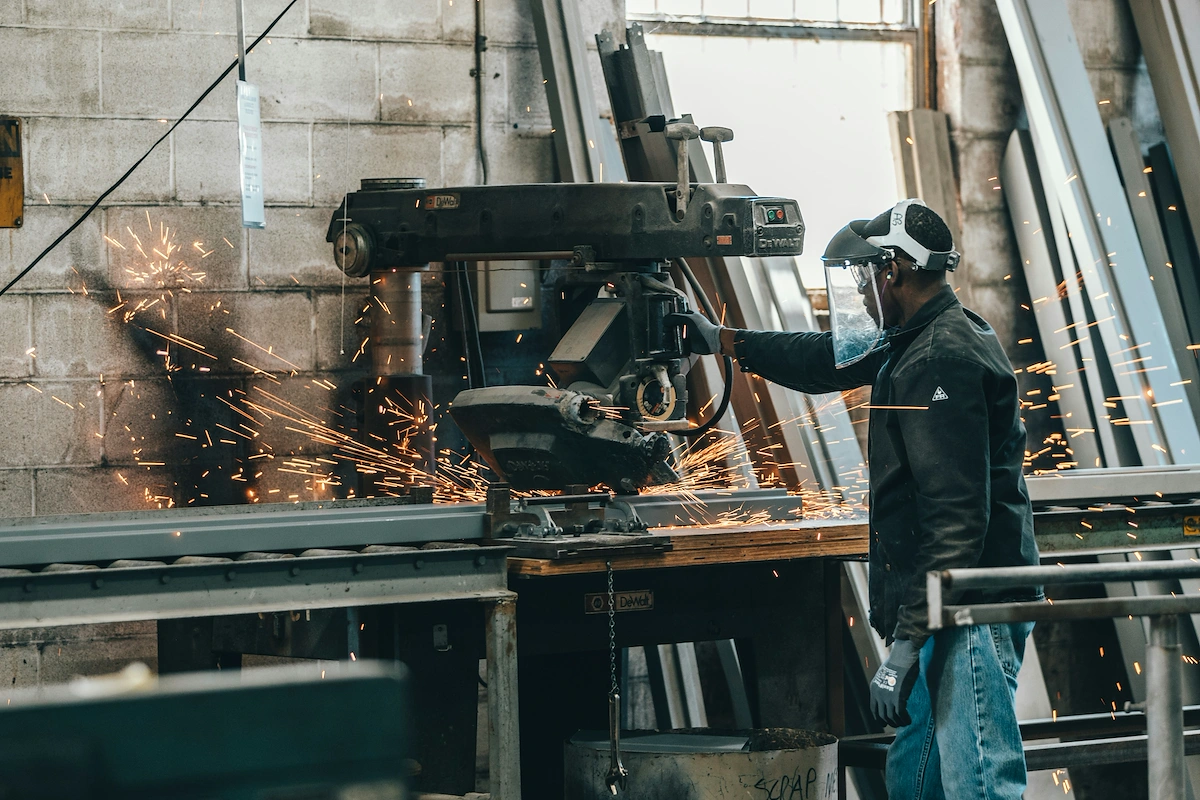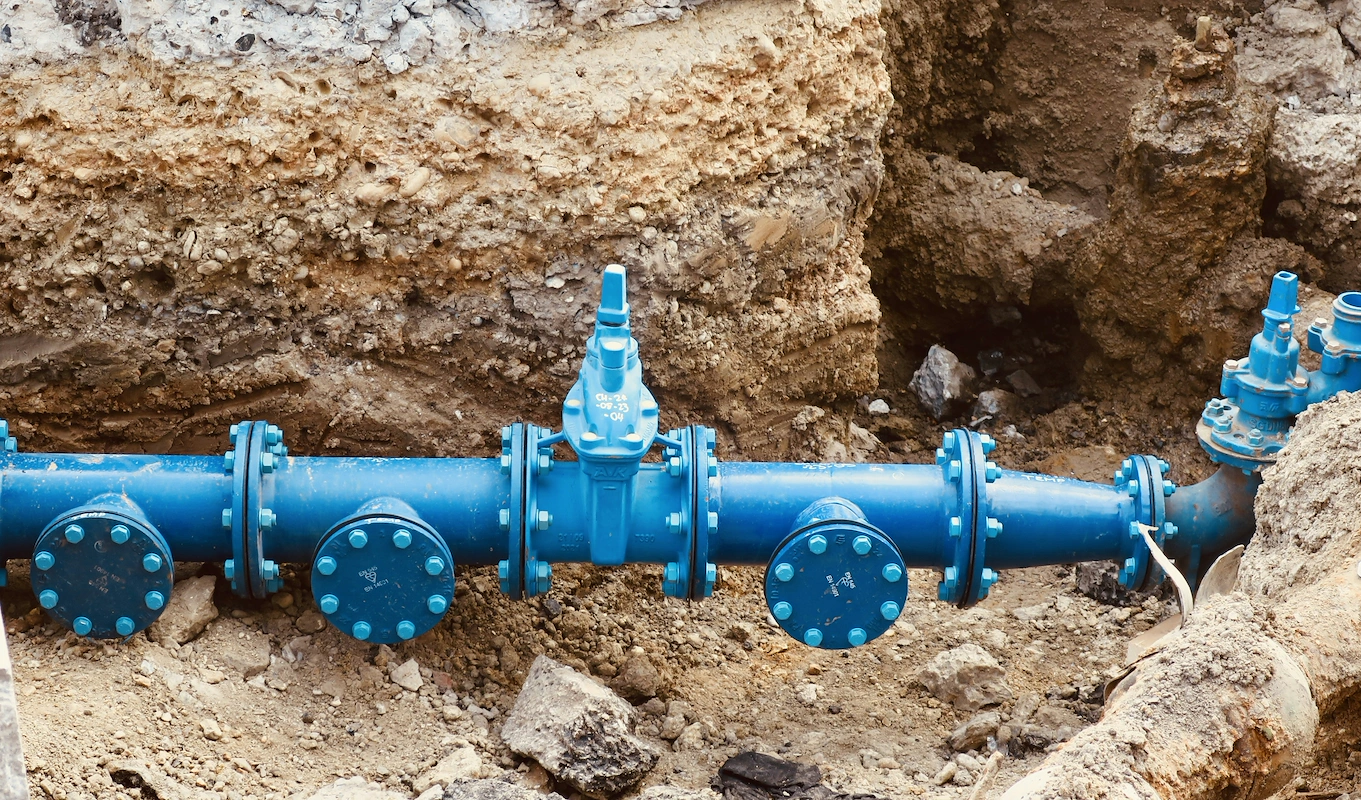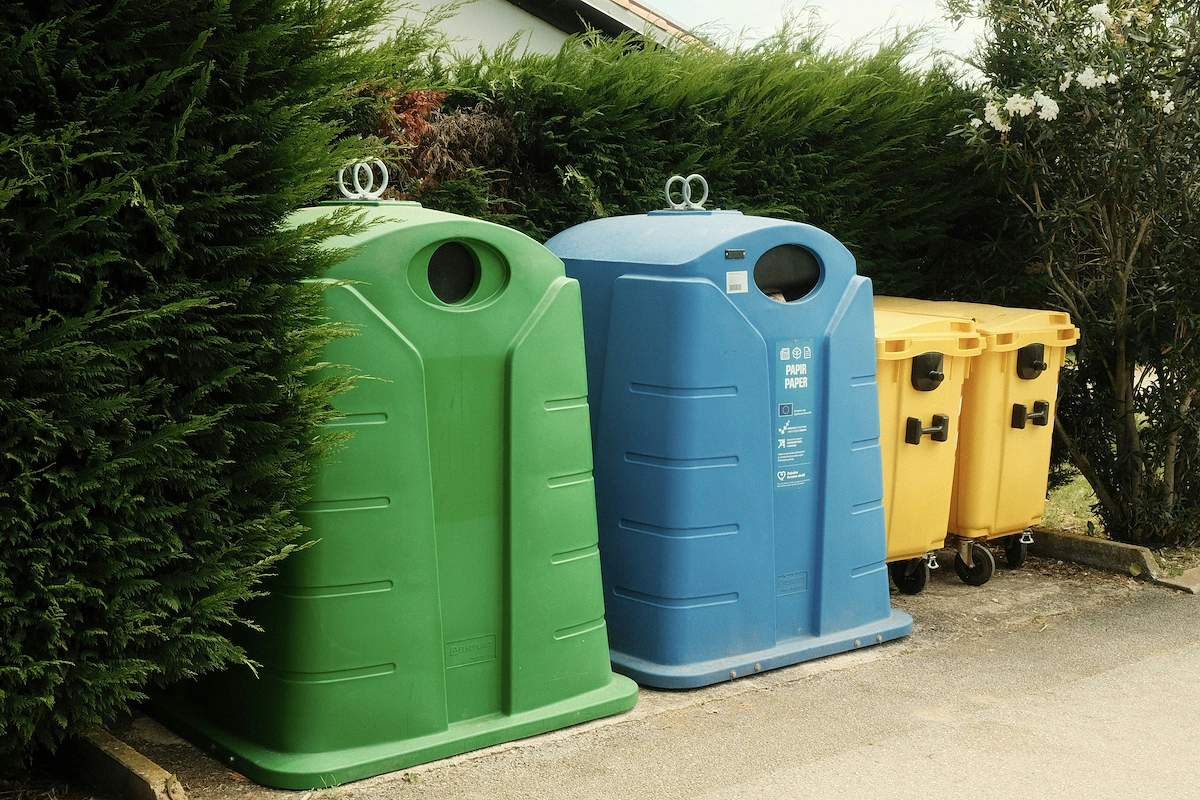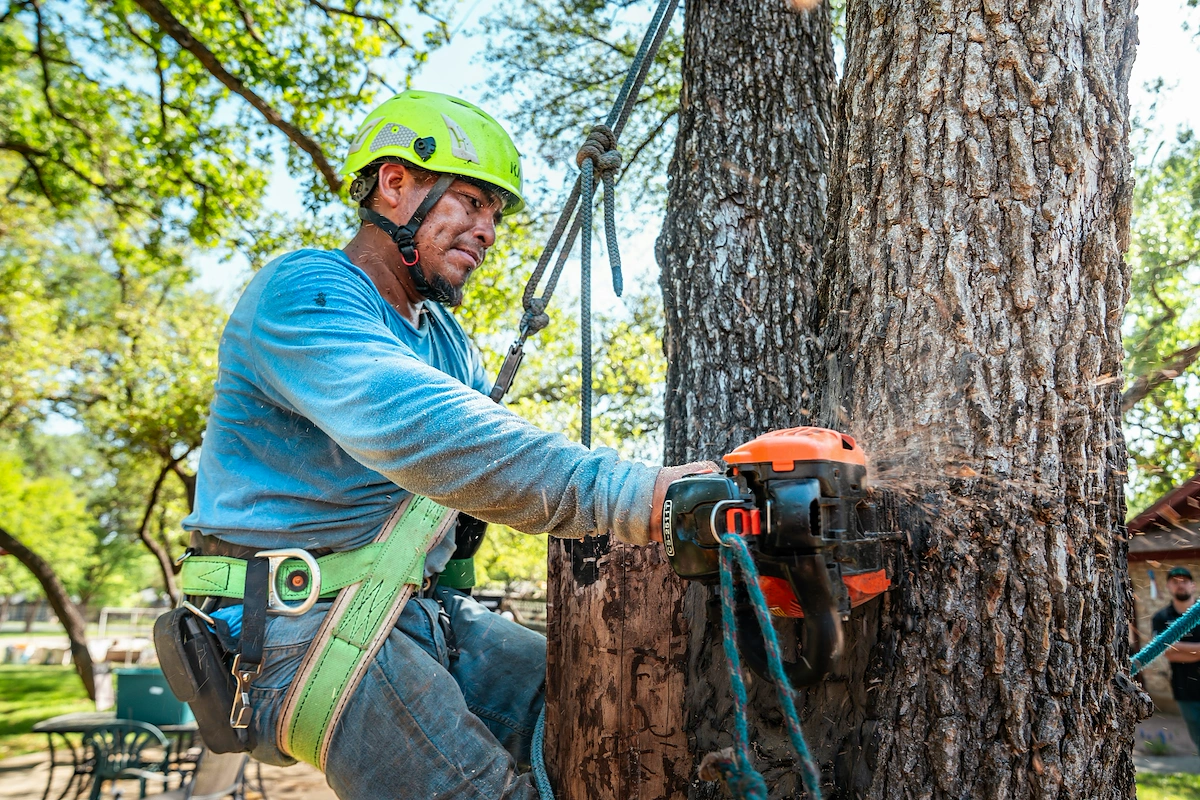Starting a wine business is an exciting venture that combines a passion for winemaking with sharp business savvy. The industry boasts a market worth tens of billions of dollars, driven by steady demand for quality wines in restaurants, at home, and for special events.
This guide will take you through the practical steps of obtaining necessary licenses, building supplier relationships, selecting the right location, and securing funding to help you launch a successful wine business in the U.S.
Step 1: Plan your business and validate your concept
Start by defining your niche. Are you making natural wines, classic Cabernet, or fruit-infused blends? Your answer shapes everything. Talk to sommeliers and wine shop owners to understand what sells and what gaps exist in the local market.
Look at what others are doing. You can use industry reports from Nielsen or IWSR for broad trends. For a local view, visit nearby wineries and specialty shops. A frequent oversight is ignoring indirect competition like craft cocktail bars or upscale breweries.
Understanding your startup costs
Mapping out your finances early is a key step toward building a sustainable business. Initial investments can be significant, so a detailed budget prevents surprises down the road.
Your primary costs will likely fall into these categories:
- Licensing and Legal: Expect to invest between $2,000 and $20,000 for federal and state permits.
- Production Equipment: A small setup with a crusher, press, and tanks can range from $50,000 to $250,000.
- Initial Inventory: Budget $15,000 to $50,000 for your first run of grapes, bottles, and labels.
Here are 4 immediate steps to take:
- Draft a one-page summary of your wine concept and target audience.
- Interview two local sommeliers about gaps in their wine lists.
- Create a preliminary budget using the cost ranges above.
- Identify your state's Alcohol Beverage Control (ABC) agency website.
Step 2: Establish your legal structure and secure licenses
Choose your business structure
You might consider an LLC for its liability protection and simple tax setup. It separates your personal assets from business debts. An S Corp can offer tax savings on profits but requires more formal compliance, so many owners start with an LLC.
A frequent misstep is to pick a structure without professional tax advice. Consult a CPA to analyze your specific situation. This small upfront cost can prevent expensive corrections later on.
Navigate the licensing maze
Your main federal hurdle is the Alcohol and Tobacco Tax and Trade Bureau (TTB). You need to apply for a free "Basic Permit" to produce and sell wine. Be meticulous with the TTB application; a single error can reset the 90-day average processing time.
With the federal side in motion, focus on your state's Alcohol Beverage Control (ABC) agency. State winery licenses can cost between $500 and $5,000 and take 3-6 months. You may also need local city or county permits for your physical location.
Here are 4 immediate steps to take:
- Decide on an LLC or S Corp and register it with your Secretary of State.
- Apply for a free Employer Identification Number (EIN) on the IRS website.
- Start your TTB Basic Permit application through the Permits Online system.
- Find your state's ABC agency website and download the winery license application.
Step 3: Secure insurance and manage risk
Protect your investment with the right insurance
Insurance is a cost of doing business that protects you from unexpected events. For a winery, you need several specific types of coverage. Think about what could go wrong, from a tank malfunction to a customer incident in your tasting room.
Start with General Liability, which typically runs $500 to $2,000 annually for $1 million in coverage. You will also need Product Liability in case a batch of wine causes illness. This can add another $1,000 to $3,000 per year.
Property Insurance is another key policy that covers your building, tanks, and inventory. A frequent oversight is not getting enough coverage for spoilage. Ensure your policy covers wine loss from equipment failure or power outages. Workers' Compensation is mandatory if you have employees.
You might want to look for providers who understand the wine industry. Consider companies like The Hartford, Nationwide, or a specialty broker like Heffernan Insurance Brokers. They can bundle policies and understand risks like liquor liability for tasting rooms.
Here are 3 immediate steps to take:
- Request quotes from two insurance brokers who specialize in wineries.
- Calculate the total value of your equipment and inventory for property coverage.
- Verify that any general liability quote includes liquor liability coverage.
Step 4: Select your location and source equipment
Look for a space with industrial or agricultural zoning. Your local planning department can confirm the correct classification. A small winery often needs 1,500 to 3,000 square feet for production, storage, and a potential tasting area. A detail people often miss is planning for future case good storage.
When you negotiate a lease, you might want to secure a 5-10 year term to protect your investment in the build-out. Confirm the space has adequate water access, floor drains, and high ceilings for tanks. These features are difficult to add later.
Source your production equipment
With your space defined, you can select equipment. Start with the basics to match your initial production goals. A frequent misstep is buying oversized equipment that drains cash flow. You can always upgrade as you grow. Your initial setup will likely include:
- Crusher-Destemmer: $3,000 - $7,000
- Wine Press: $4,000 - $15,000
- Fermentation Tanks (500L): $1,500 - $4,000 each
- Bottles and Corks: Suppliers like Vintner's Vault often have minimum orders of one pallet, which is about 1,200 bottles.
Here are 4 immediate steps to take:
- Contact your local planning department about industrial zoning requirements.
- Draft a floor plan to estimate your square footage needs for production and storage.
- Request quotes for a small crusher-destemmer and two fermentation tanks.
- Check the minimum order quantity for bottles from a supplier like MoreWinePro.
Step 5: Set up payment processing
Most of your sales will come from credit and debit cards, especially in a tasting room or online. You will need a system to handle these transactions smoothly. For wine clubs, find a processor that supports automated recurring billing for your quarterly or monthly shipments.
A frequent oversight is the total cost of payment processing. Beyond the advertised rate, check for monthly fees and hardware costs. Your best bet is a solution that works both at a fixed counter and on the move for events like festivals or farmers' markets.
For wineries that need to accept payments on-site or on-the-go, JIM offers a streamlined solution. With JIM, you can accept debit, credit and digital wallets directly through your smartphone - just tap and done. Other providers often charge 2.5% to 3.5% plus fees.
At just 1.99% per transaction with no hidden costs or extra hardware needed, it's particularly useful for sales at farmers' markets, festivals, or in your tasting room.
- Get Started: Download JIM app for iOS
- Make a Sale: Type the sales amount, hit sell, and ask your customer to tap their card or device on your phone
- Access Funds: Your money is available right on your JIM card as soon as the sale is done - no waiting for bank transfers
Here are 3 immediate steps to take:
- Compare the total monthly cost of two payment processors, including all fees.
- Map out the recurring payment schedule for your planned wine club.
- Download the JIM app to see how it works on your phone.
Step 6: Secure funding and manage your finances
Find the right funding sources
Traditional banks can be hesitant with new wineries. Instead, look to lenders who understand agriculture. Institutions like Farm Credit or AgAmerica specialize in agricultural loans and offer terms that fit seasonal cash flow. They are familiar with the unique needs of a wine business.
The Small Business Administration (SBA) is another strong option. An SBA 7(a) loan can provide $50,000 to $500,000 for equipment and working capital. Interest rates typically sit 2-4% above the prime rate. You will need a solid business plan and good personal credit to qualify.
Plan your working capital
Many new owners focus on equipment costs and forget to budget for the first six months of operations. You should plan for $30,000 to $75,000 in working capital. This covers rent, utilities, initial marketing, and payroll before your wine sales become consistent.
This buffer prevents you from running out of cash while you wait for your first vintage to mature and sell. A frequent misstep is to drain your startup loan on fixed assets, leaving nothing for the day-to-day expenses that keep the doors open.
Here are 4 immediate steps to take:
- Calculate your estimated operating costs for the first six months.
- Contact a loan officer at a local Farm Credit branch to discuss your project.
- Review the eligibility requirements for an SBA 7(a) loan on the SBA website.
- Prepare a one-page executive summary of your business plan for lenders.
Step 7: Hire your team and set up operations
Your first hires will likely be a winemaker and tasting room staff. A winemaker's salary can range from $60,000 to $120,000, though you may fill this role yourself initially. Part-time tasting room staff typically earn $18-$25 per hour plus tips.
This front-of-house team will need Responsible Beverage Service (RBS) training, such as a TIPS certification. For production, a cellar hand can assist with tasks for around $20 an hour. A forklift certification is a valuable skill for this position.
A frequent misstep is hiring a full-time team too soon, which can drain your cash reserves. Start with part-time help for the tasting room and cellar. You can scale to full-time positions once your revenue becomes more predictable and consistent.
With your team in mind, consider your operational setup. You can manage schedules with software like Homebase or 7shifts. For budgeting, wineries often keep labor costs between 15-30% of revenue or staff one full-time employee per 1,000-2,000 cases produced annually.
Here are 4 immediate steps to take:
- Draft job descriptions for a part-time tasting room associate and a cellar hand.
- Research your state's Responsible Beverage Service (RBS) certification requirements.
- Compare two scheduling software options like Homebase and 7shifts for your future team.
- Estimate your labor budget using the case production or revenue benchmarks.
Step 8: Market your wine and acquire customers
Your direct-to-consumer (DTC) channel is your profit engine. The tasting room is your best sales tool, so aim to convert 5-10% of your visitors into wine club members. This creates a reliable, recurring revenue stream from your most loyal fans.
With that in mind, focus on your email list. It is your most valuable marketing asset because you own the audience. Use it to announce new releases and club shipments. A healthy open rate for a winery email list is around 25-30%.
Expand your reach beyond the tasting room
A frequent oversight is to prioritize social media vanity metrics over building an email list. While Instagram is great for brand visuals, an email list gives you a direct line to customers. You might also use targeted ads on Facebook to reach local wine lovers.
Set a clear budget for these ads. A reasonable Customer Acquisition Cost (CAC) for a new online customer can be $50-$100, so track your return carefully. Also, consider collaborations with local restaurants for wine pairing dinners to introduce your brand to an engaged audience.
Here are 4 immediate steps to take:
- Outline a simple welcome email series for new subscribers.
- Set a goal for your tasting room's wine club conversion rate.
- Brainstorm one local restaurant or business for a potential collaboration.
- Calculate your target Customer Acquisition Cost based on your wine's price point.
Step 9: Set your pricing strategy
Calculate your cost and set your markup
Start with your Cost of Goods Sold (COGS) per bottle. This includes the bottle, cork, label, capsule, and the wine itself. A frequent oversight is to forget labor and overhead in this calculation. Add those in to get a true cost.
A standard model is to set your direct-to-consumer (DTC) price at 3x your COGS. If your COGS is $7 per bottle, your tasting room price would be $21. This gives you a healthy margin for DTC sales, which are your most profitable channel.
Understand wholesale and retail pricing
Your wholesale price, which you sell to distributors, is typically 50% of your suggested retail price (SRP). Using the $21 example, your wholesale price would be around $10.50. The distributor then sells it to a retailer, who marks it up to the final $21 shelf price.
To research competitors, visit local wine shops and use sites like Wine-Searcher. See what wines from your region, grape variety, and quality level sell for. Avoid pricing solely based on cost. Your price also communicates your brand's position in the market.
Here are 4 immediate steps to take:
- Calculate your total COGS for one bottle of wine.
- Set a preliminary DTC price using the 3x COGS rule.
- Research the retail prices of three comparable local wines.
- Determine your wholesale price based on your target retail price.
Step 10: Maintain quality and scale your operations
Establish your quality control process
Consistency is what turns a first-time buyer into a loyal club member. Before bottling, run basic lab tests for pH, titratable acidity (TA), and free SO2 levels. These numbers ensure your wine is stable and ready for aging.
Many new winemakers make the mistake of only trusting their own palate. Instead, create a small tasting panel with your team. This helps you catch flaws like oxidation or cork taint (TCA) and ensures each bottle matches the last.
Plan your growth path
Once your quality is reliable, you can map out your expansion. A good benchmark is to hire a full-time cellar hand when you reach 1,500-2,000 cases per year. When you approach 5,000 cases, you might start conversations with a regional distributor.
To manage this growth, look at industry-specific software. Vintrace helps track your wine from grape to bottle. For managing your wine club and online sales, platforms like Commerce7 or WineDirect are built for wineries and can automate many tasks.
Here are 4 immediate steps to take:
- Create a simple quality control checklist for pre-bottling sensory tests.
- Request pricing for basic lab tests like pH and SO2 from a local wine lab.
- Set a case production number that will trigger your first full-time hire.
- Watch a demo for a winery management software like Vintrace or Commerce7.
Building a wine business is a marathon, not a sprint. Your unique story is what will connect with customers, so make sure it's part of every interaction. You have the steps laid out. Now, it's time to take the first one.
And when you make that first sale, keep the payment process simple. JIM turns your phone into a card reader for a flat 1.99% fee, with no extra hardware. Get ready for your first customer and Download JIM.















